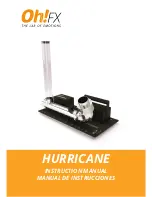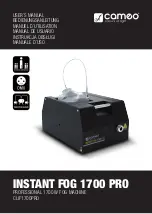
34
THE NEEDLE, THE HOOK AND THE
STITCHES
CHAPTER
8
STITCH FORMATION
Understanding how a stitch is formed will help you understand hook timing and teach you to recognize
quality embroidery. It will also help you better understand the importance of tension and the roles the
different parts of the machine play in creating that tension and stitch. Stitch formation is the foundation of all
sewing; it is the same on all machines that sew.
The needle moves down, and when it reaches the lowest point, the thread slips into the groove of the needle,
protecting it from any friction generated between the needle and the fabric. (This is a very good reason to
make sure your thread passes through ALL guides and clips on the way to the eye of the needle!)
When the thread is pressed between the body of the needle and the fabric, a loop is formed with the thread.
(Different loops are formed, depending on the thread characteristics, needle shape and the type of fabric.
Unstable loops, a result of wrong needle/thread, needle/fabric or thread/fabric combinations can result in
skipped stitches.)
The point of the hook then approaches and penetrates the loop, enlarging it. The hook point should be
positioned as close to the needle as possible so the hook point can be located inside the formed loop,
allowing a stable locking of the thread.
The top thread then encircles the bobbin thread and a knot is formed, locking the top thread to the bobbin
thread. This knot or stitch is drawn into the fabric by the take up lever, which rising to its highest point,
tightens the thread with the help of the upper and lower thread tensions.
When the needle returns to the highest point, it begins the downward journey and the process begins again.
















































